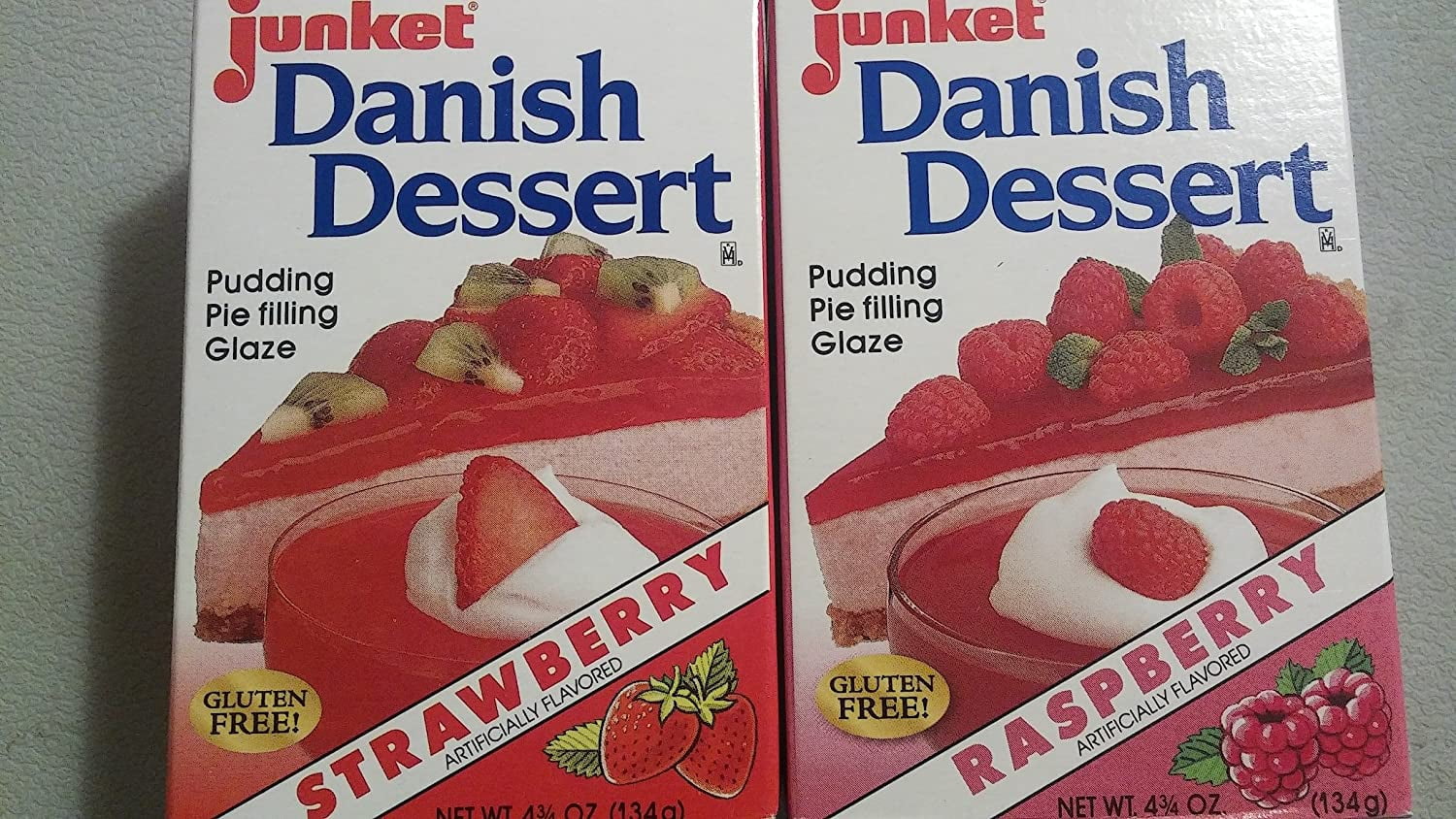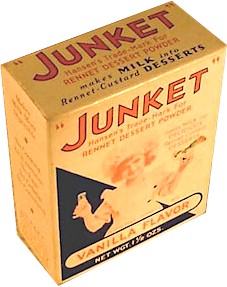
When most people think of the '39 World's Fair they remember the trylon and perisphere. "I was only 3 years old, but one spoonful - it was chocolate - and I knew I had found my favorite dessert for all time. "The women were dressed in Swiss Miss-type outfits and they were handing out samples," he said. One New Yorker remembers that his first taste was in the Junket Pavilion at the 1939 World's Fair. For others, junket was an easy gateway to making homemade dessert. It's possible that perhaps the manufacturer was going for an elegant, European effect, though as I learned from this article, For many, it was considered a food for the infirm: gentle on digestion for sick children's sensitive stomachs. While the company's products expanded over the years, junket is the heart and soul of their offerings.īy the 1930s, junket had become a popular convenience food.


Then, in the late 1870s, junket went stateside. Christian Hansen, an owner of a lab in Denmark which made rennet extract for the cheese making industry, relocated to Herkimer County, New York apparently, at that time, New York was the center of the US cheese industry (this is also the same era in which cream cheese became a Big Deal, btw). Junket was no longer a noble food, but it did trickle down to the masses-as it fell from popularity in genteel circles, it became an everyday food for commoners.

Syllabub took over like cupcakes taking over cookies in the early 2000s. Apparently, predecessors of junket were made as early as Medieval times, where a cream-and-rennet mixture, sweetened and flavored with rosewater, sugar, and spices, was an upper-class food, served to those among noble ranks.Īlas, along with the Tudor era came a taste for the next big thing, syllabub. It is a very soft, custard-like substance. Rennet is the digestive enzyme which makes milk curdle and coagulate (good for making cheese). Junket is a milk-based dessert made with rennet. What I discovered is that junket might refer to two things (aside from, you know, a press junket, which to the best of my knowledge has nothing to do with the food junket). Not sweetened or flavored. You can add sugar and flavor to taste."įeeling like I needed maybe just a bit more information, I started creeping around the internet. The site also says, " Junket Rennet Tablets can be used to make cheese, rennet custard, ice cream, and sugar-free desserts. According to the company website, Junket is "for making easily digested milk foods". And I suppose I would be on the right track. Now.if I saw those ingredients and was asked what the product was, I would say it somehow involved cheese, because of the rennet.

Oh, and before you get grossed out about the rennet, quit it: this is man-made rennet, and is both vegetarian and gluten-free (I found out on their website). 15, the annual festival is conceived by John Cameron Mitchell and Quinn Cox.If you look at the side of the package, the ingredients reveal little: Salt, Calcium, Lactate, Corn Starch, Rennet, Tricalcium, Phosphate, Calcium Stearate (Food Grade). Afterglow offers a mix of established and under-the-radar performers who push the boundaries of innovative art. Participating artists include authors and astrological consultants Stella Starsky and Quinn Cox, Matt Ray, Dan Fishback, Chris Tyler, Santiago Venegas, Becky Eklund, Bond ( Kiki & Herb: Alive on Broadway), Joseph Keckler, Lady Rizo, Yair Evnine, Ray Rizzo, Molly Pope, Max Steele, Erin Markey, Mike Albo, Amber Martin, Brett Every, Nath Ann Carrera, Jill Pangallo (directed by Mike Albo), Penny Arcade, Lance Horne, as well as MATTACHINE with Angela Di Carlo, Paul Dawson and PJ DeBoy. Single tickets for all shows are $30, while two-show passes are available for $54, and a pass for all 15 shows is $360.
JUNKIT MIX FULL
A full festival pass, plus admission to the opening-night benefit party is $500.Ĭosmic comics Stella Starsky + Quinn Cox rip back the veil to reveal some universal truthiness and provide a privileged peek into what the stars of this year’s Afterglow Festival have in store.


 0 kommentar(er)
0 kommentar(er)
